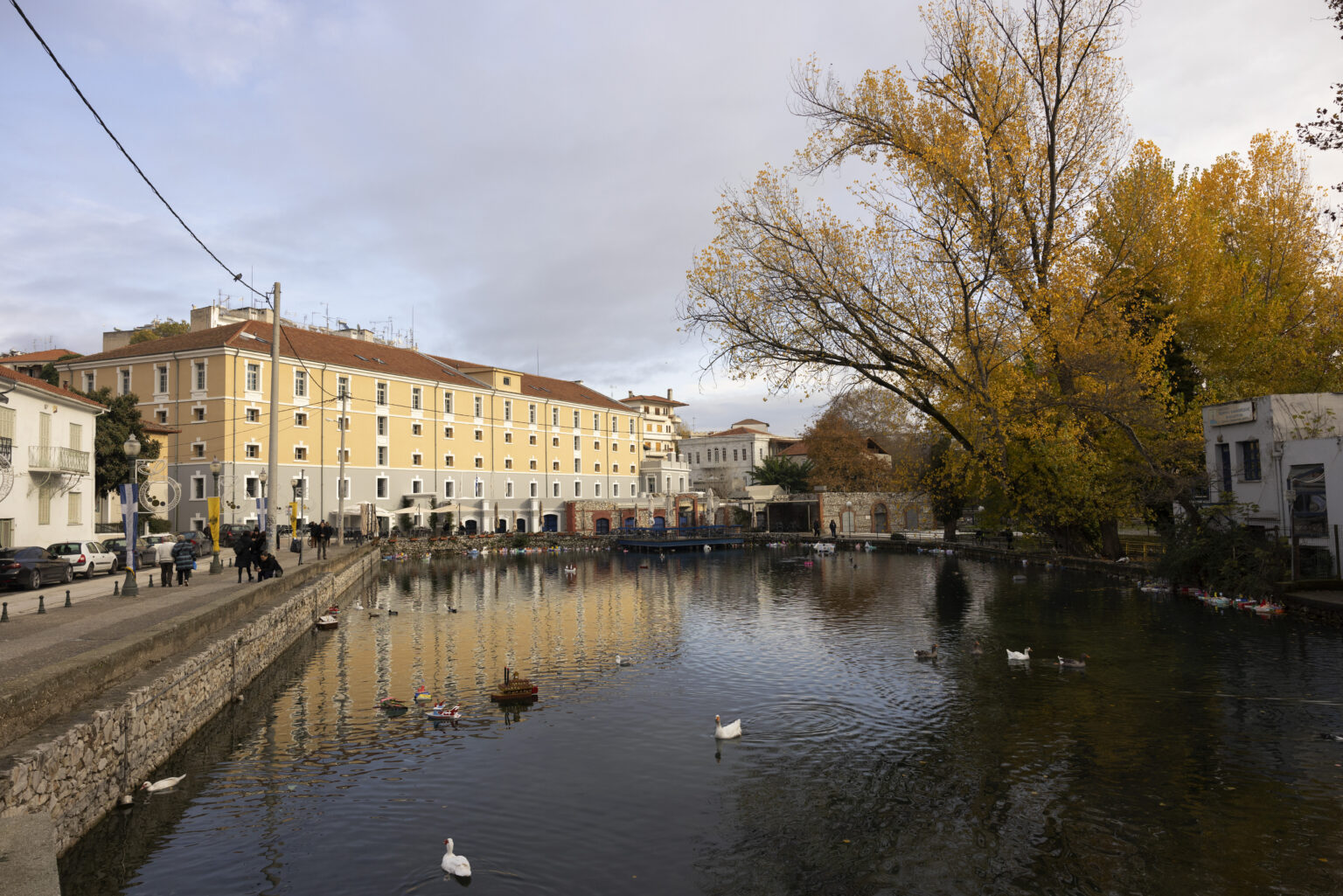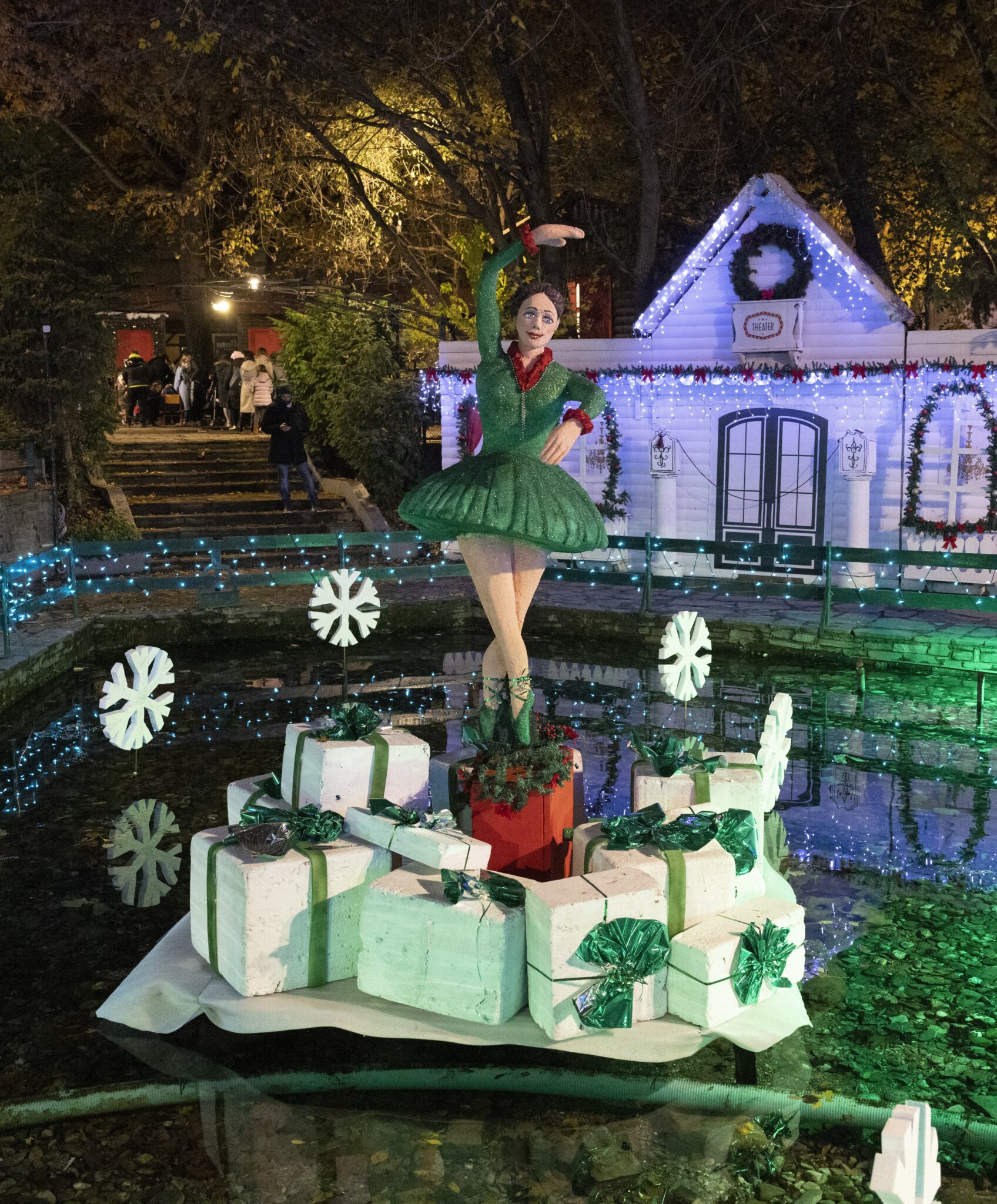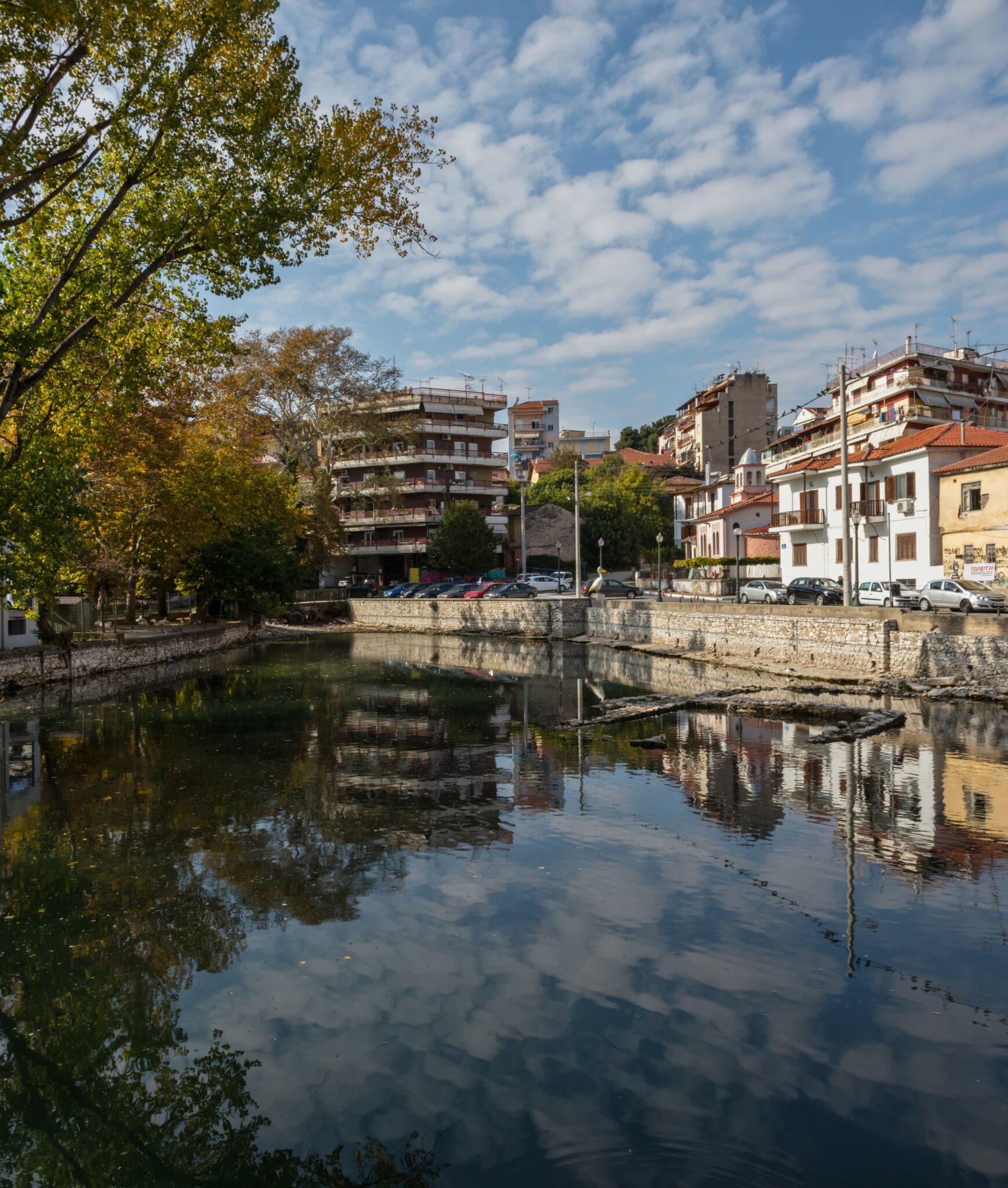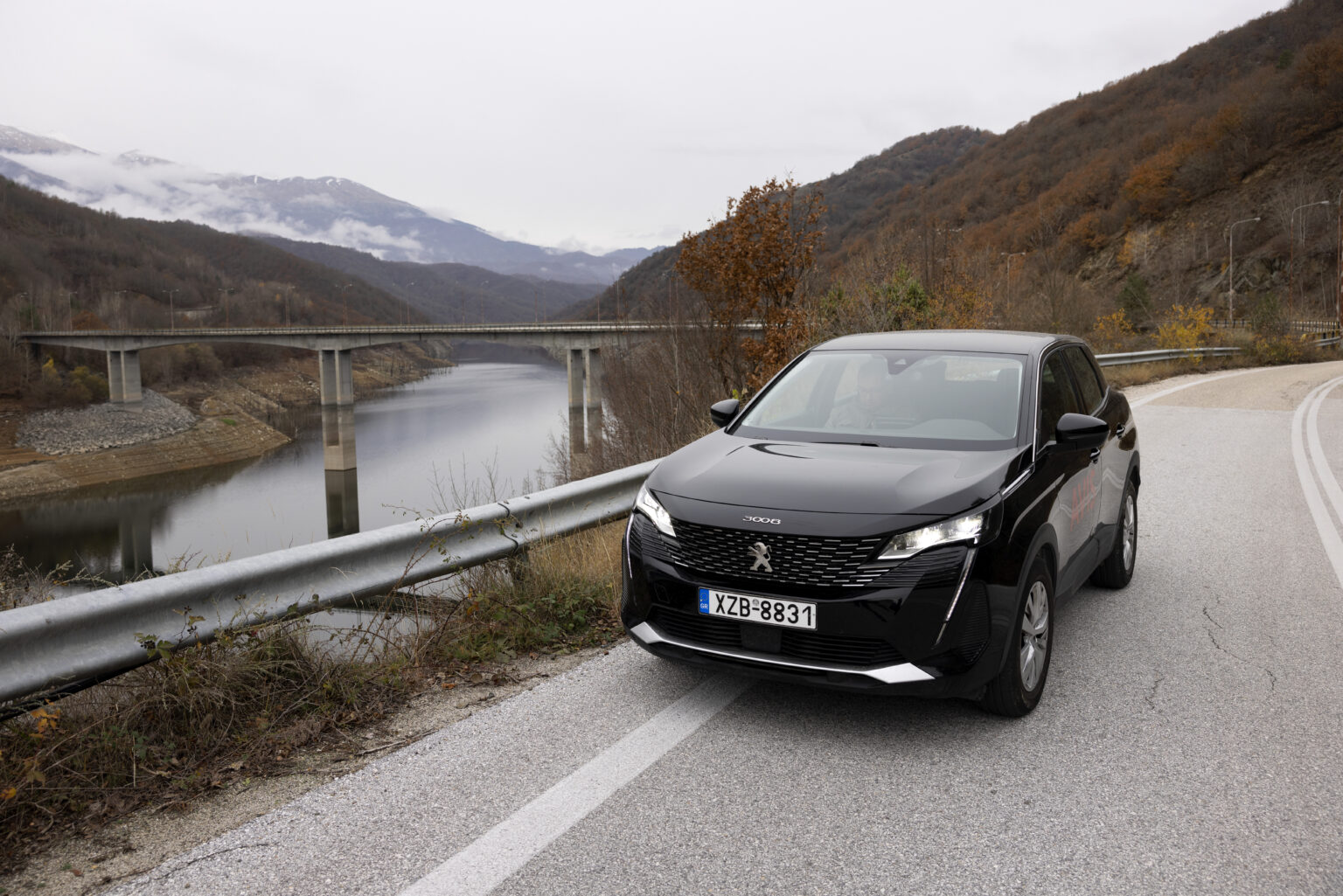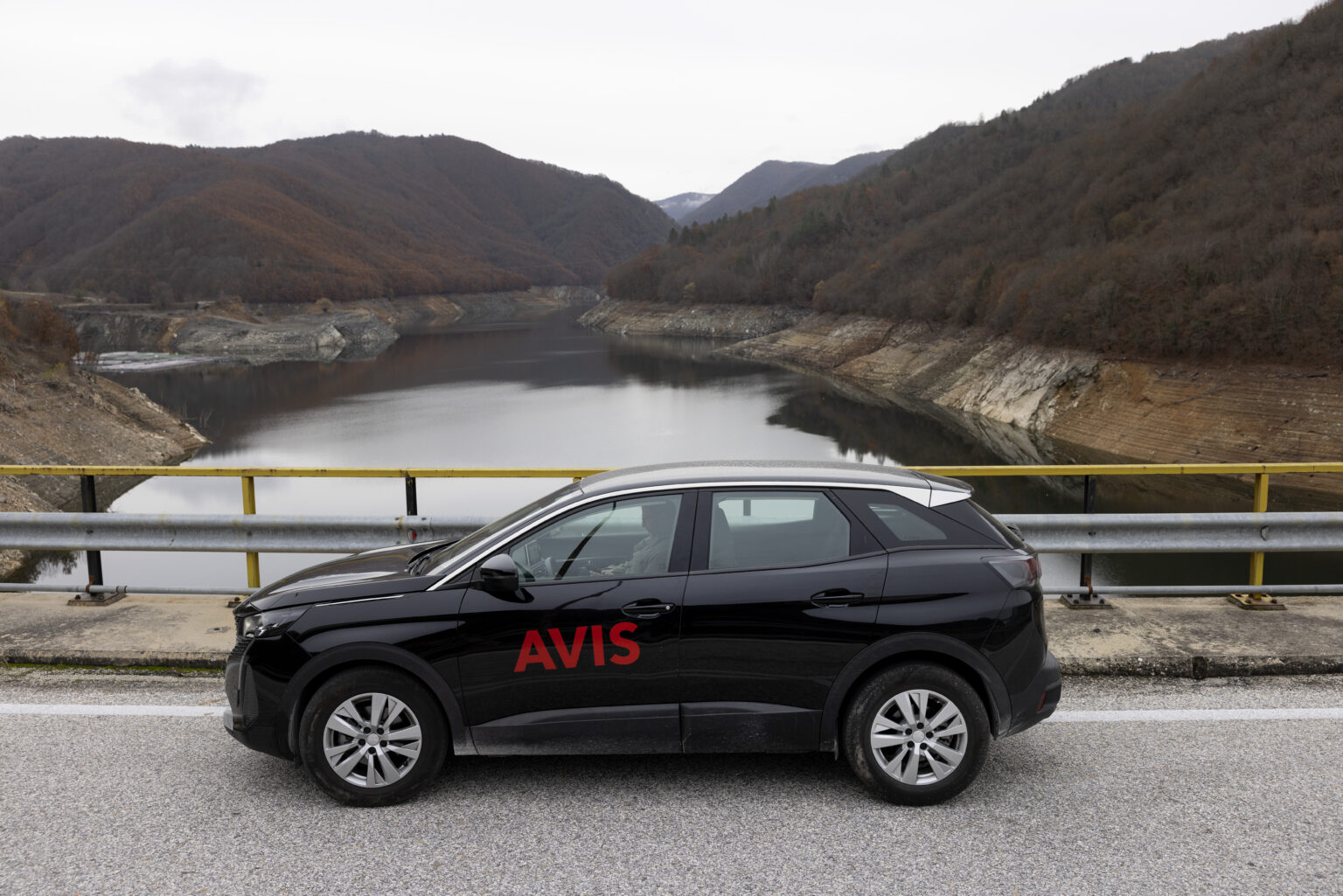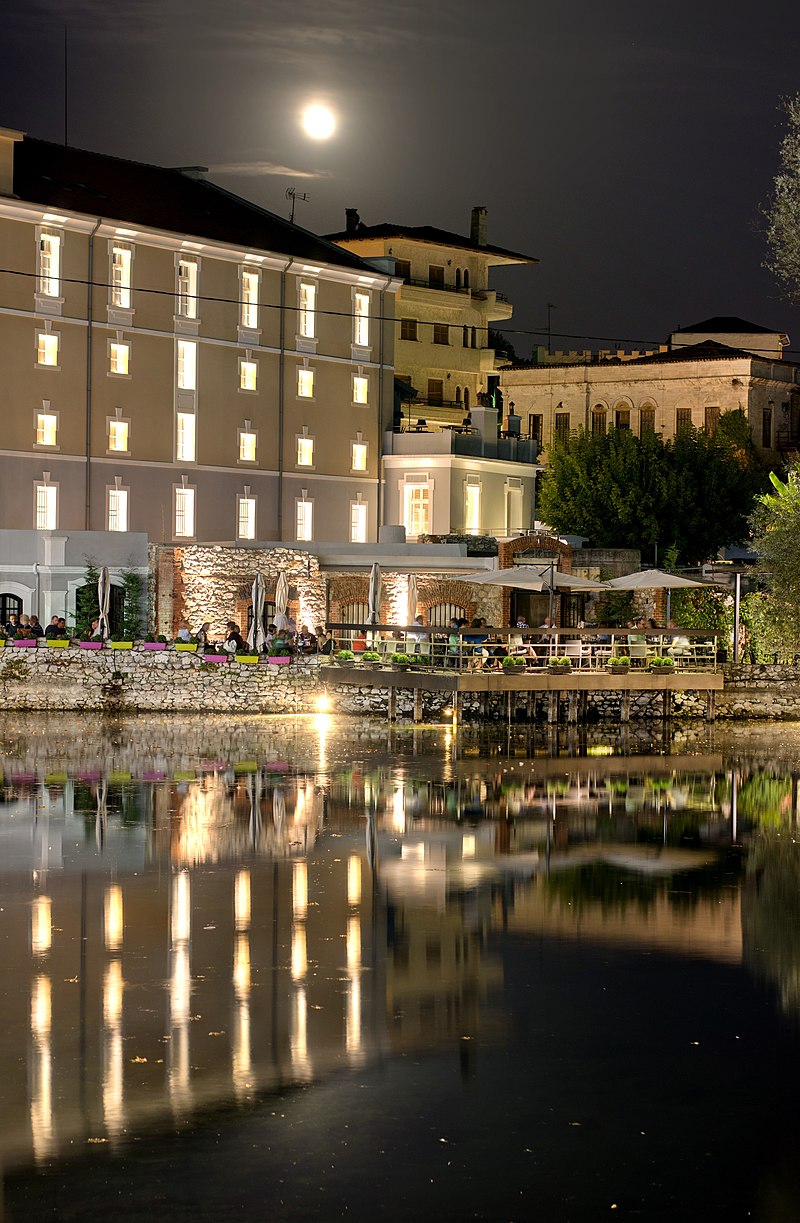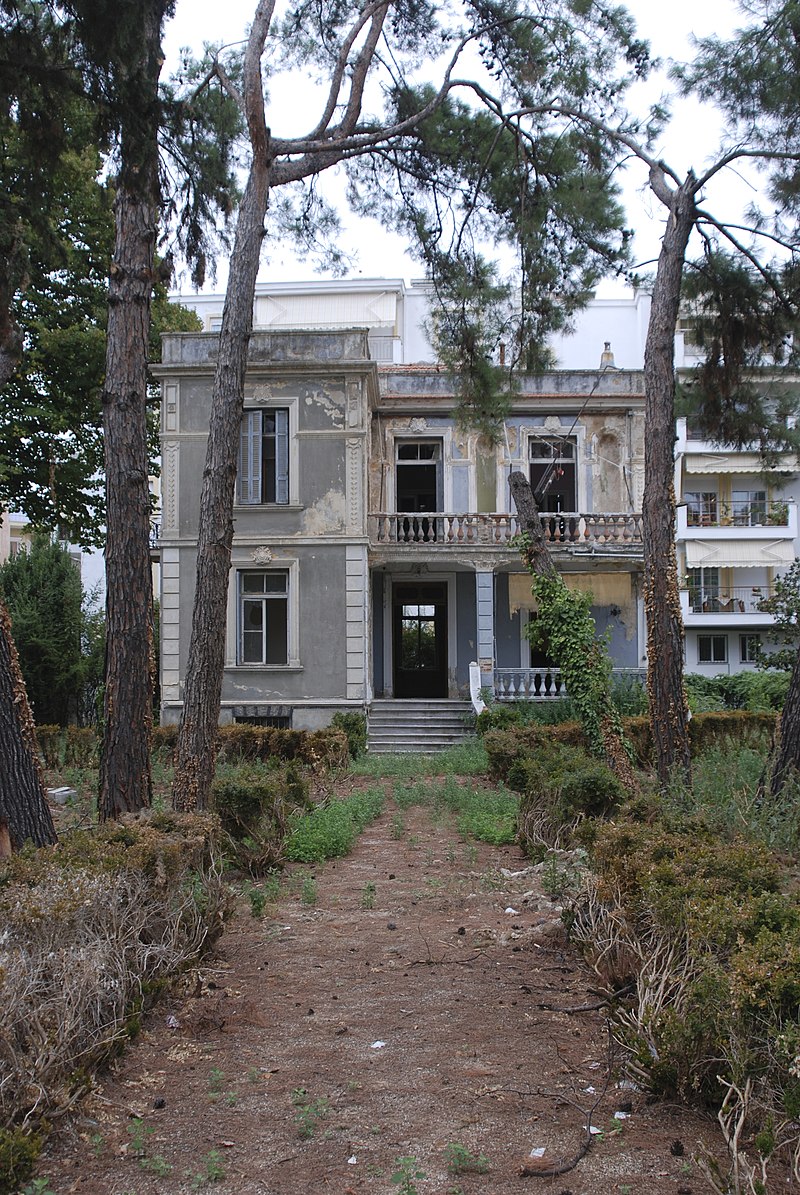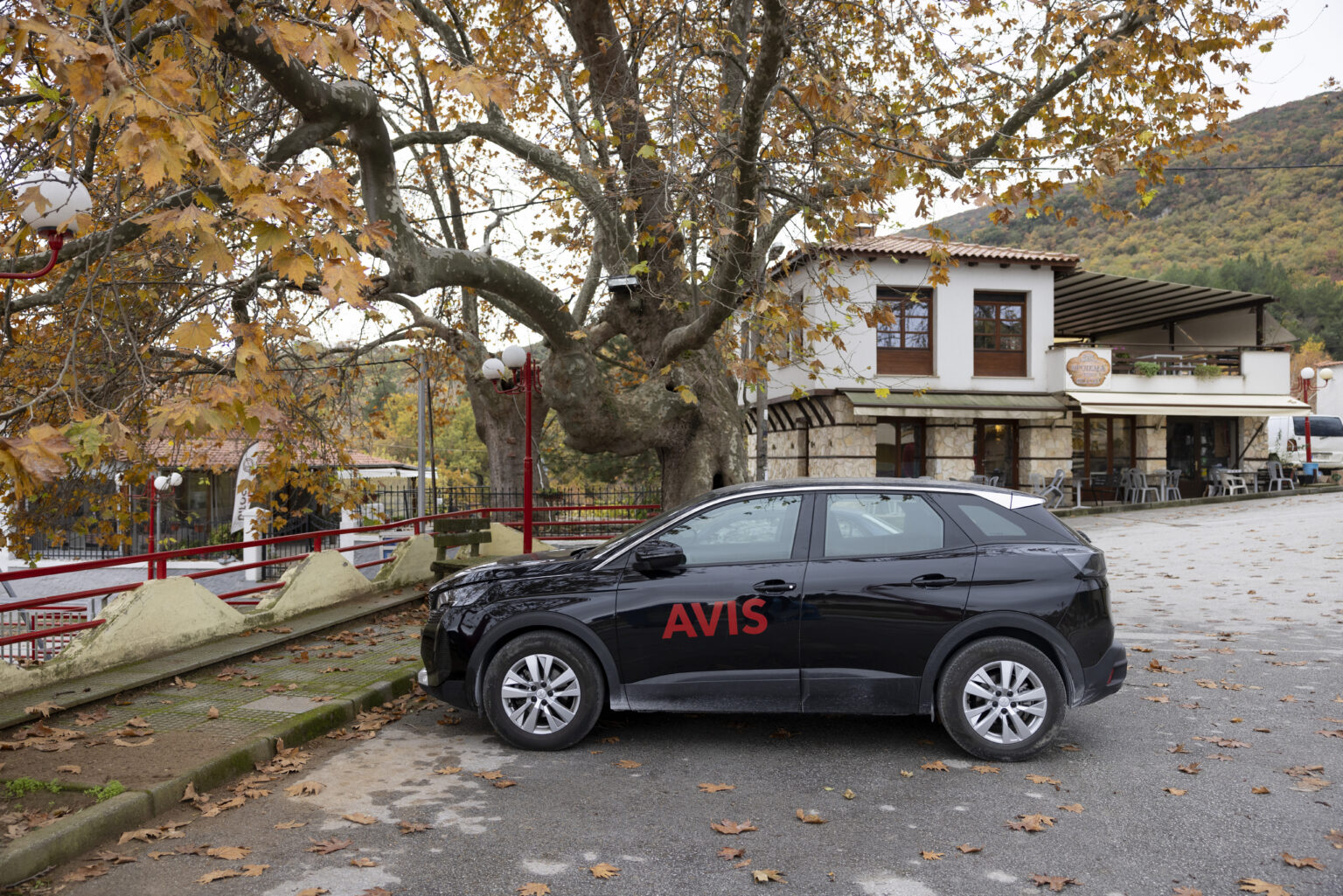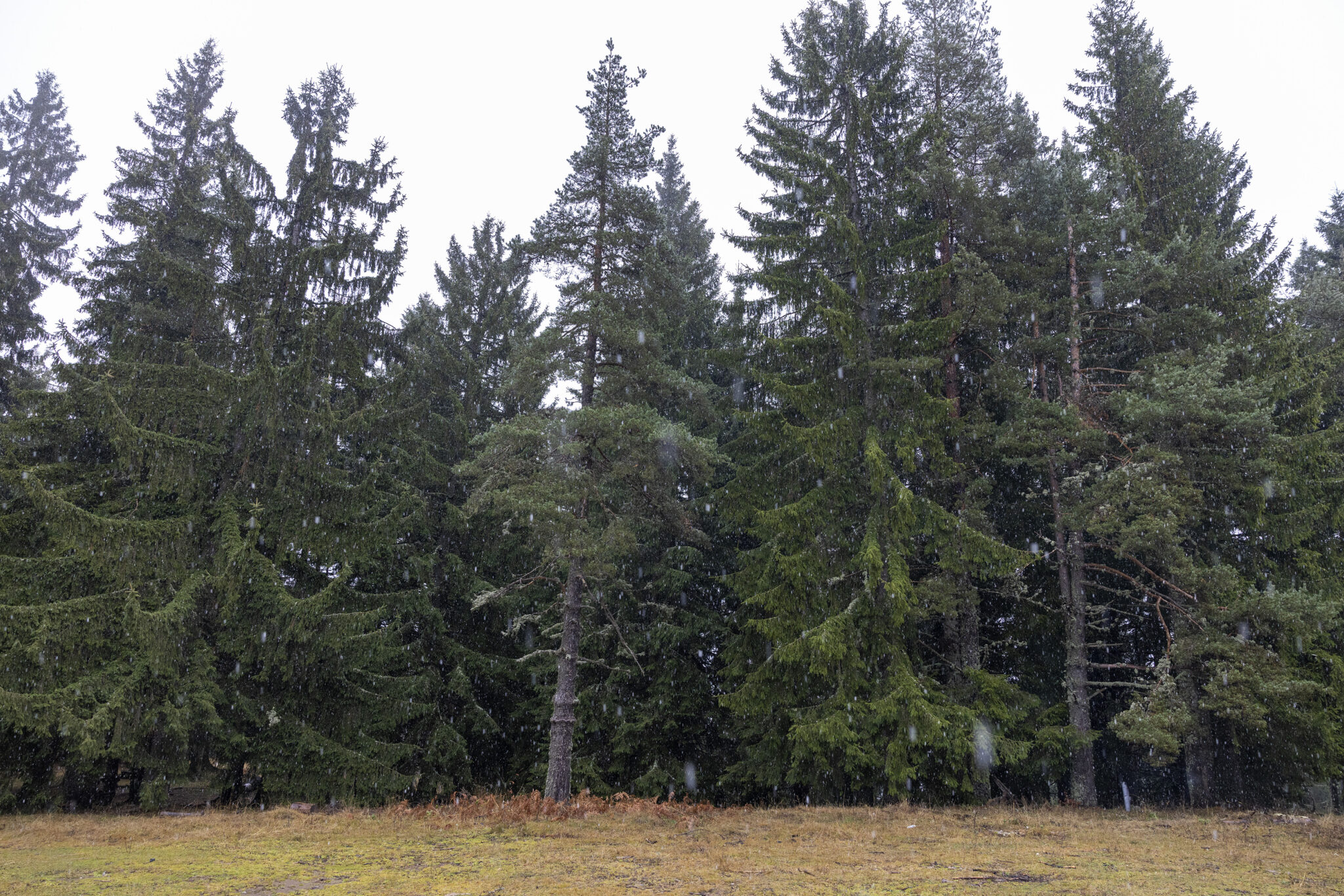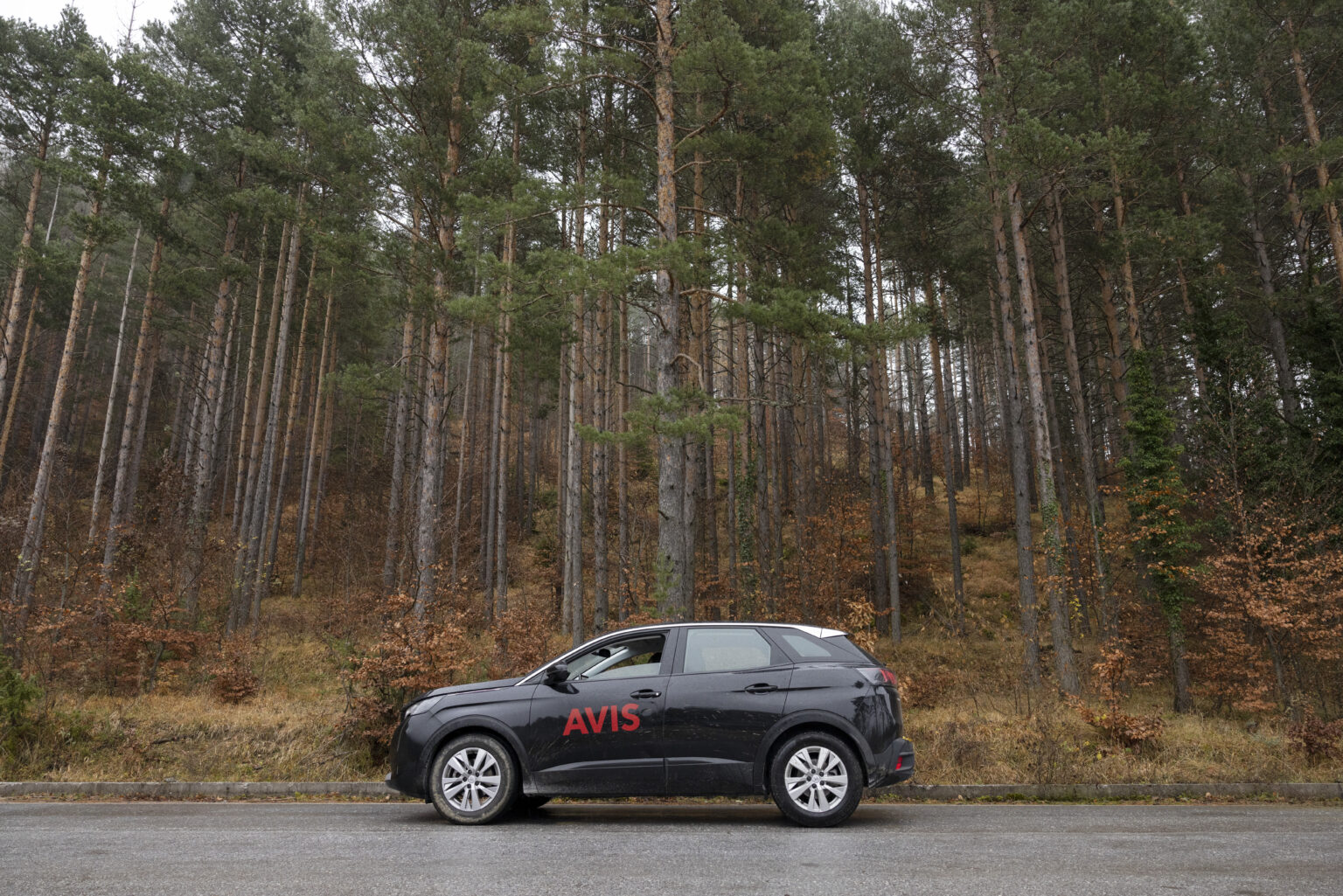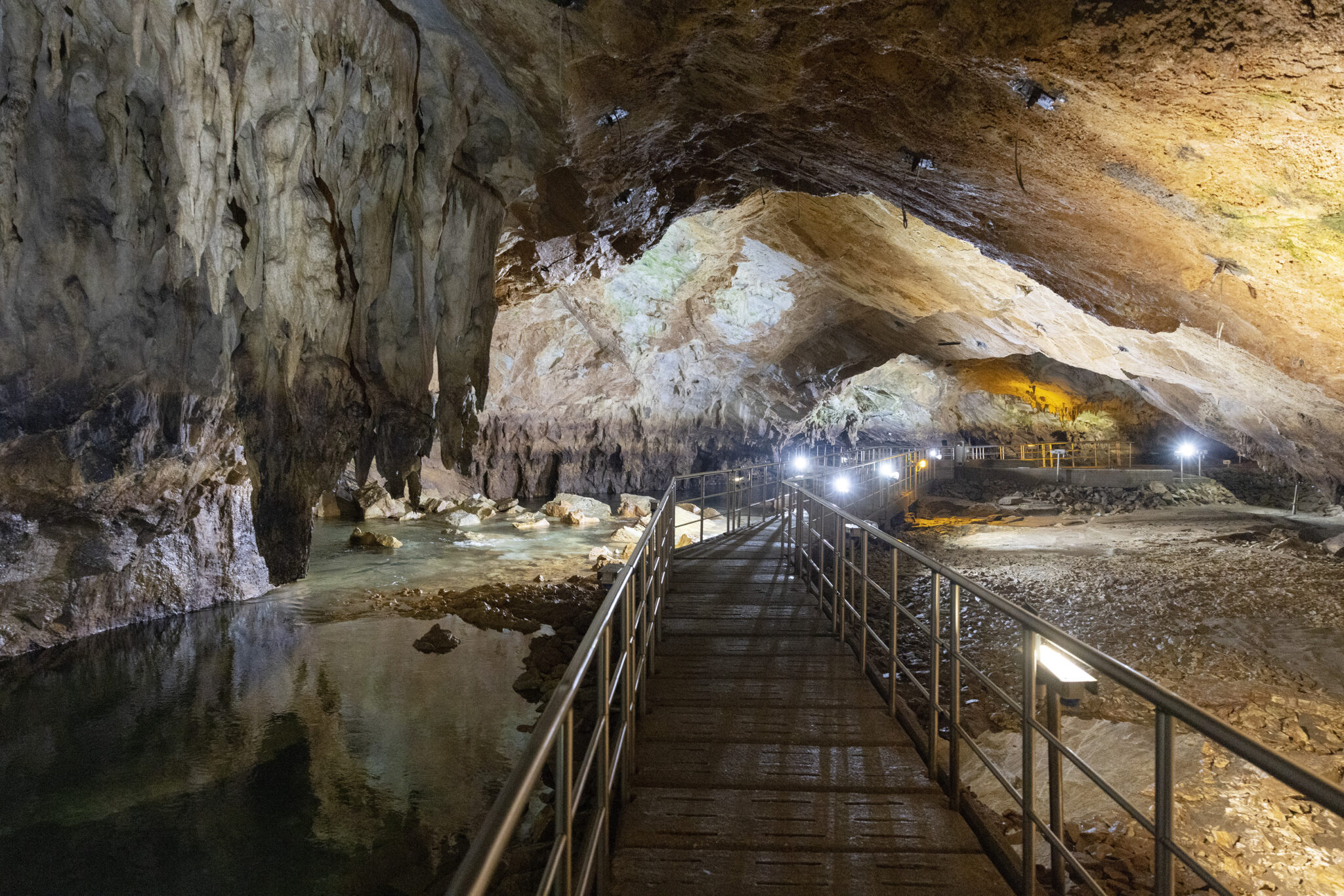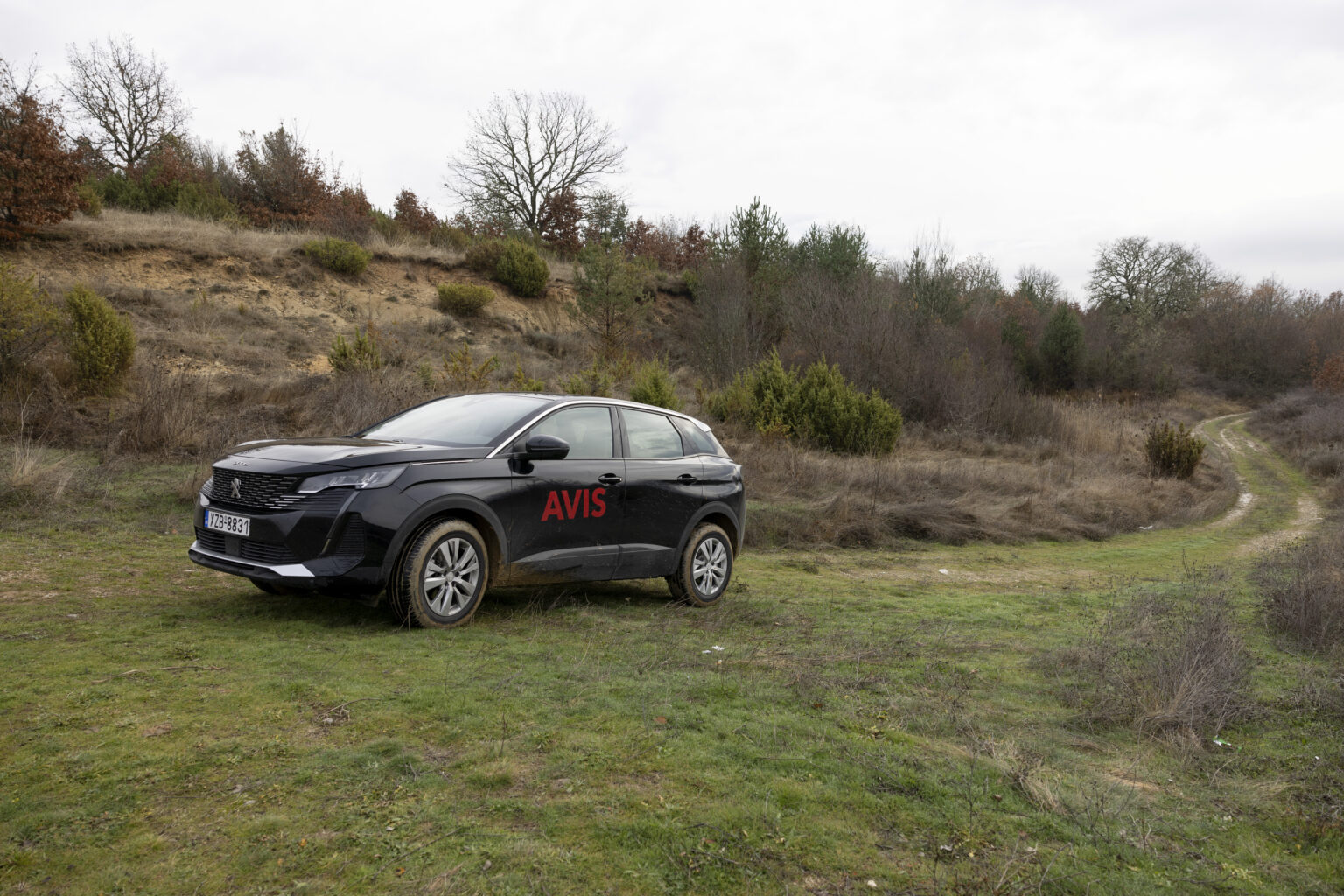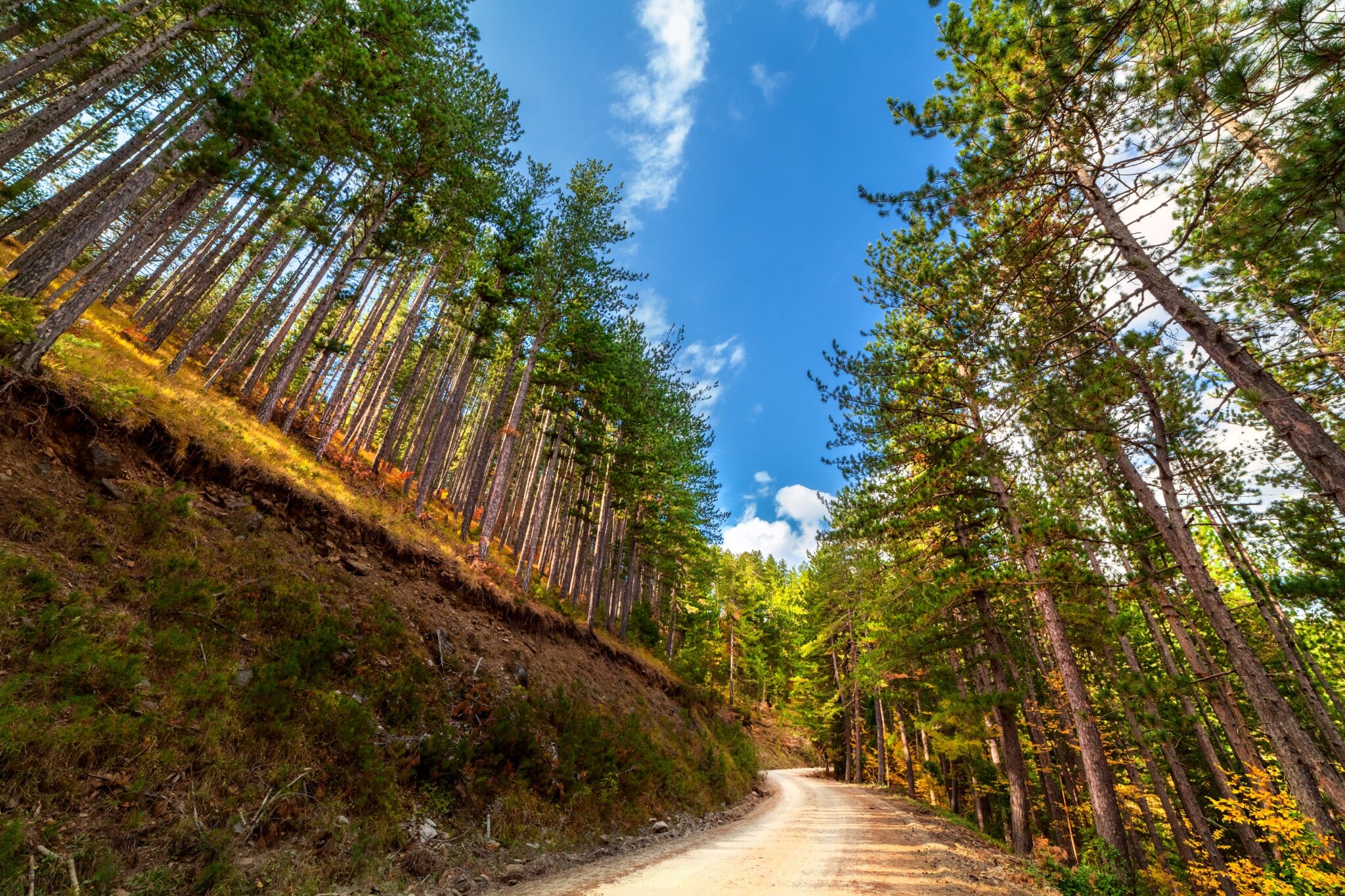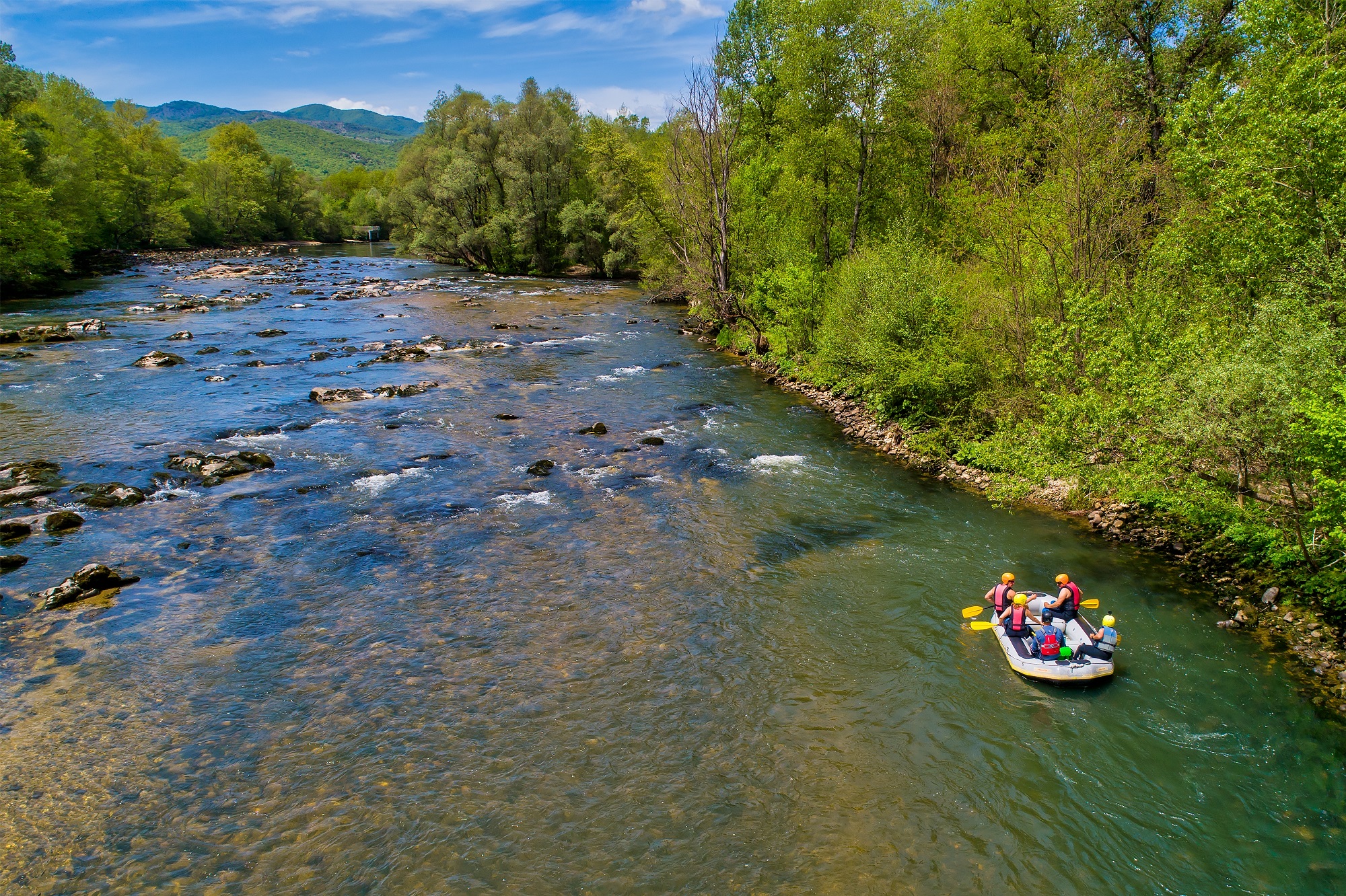We had been planning this trip for a long time. We wanted to experience Drama and its surroundings, especially in winter when it takes on a different charm. However, for a trip to Eastern Macedonia, with its mountains and low temperatures, it was essential to have the right car.
A friend suggested renting from Avis and after browsing avis.gr we found what we were looking for: a robust SUV, perfect for navigating the mountainous and semi-mountainous terrain around Drama, especially challenging in the winter months. It was equipped with modern lighting and navigation systems, was roomy enough for four people with luggage, and comfortable enough to drive for several hours, even under the most challenging conditions. Most importantly, it was fuel-efficient, which is crucial today when fuel comes at such a high cost.
We collected the car from the Avis station at Thessaloniki airport at the agreed time. The experienced and courteous staff explained everything we needed to know. Soon we were on the Egnatia Odos and after a comfortable two-hour journey we arrived at our accommodation in Drama.
The Christmas Capital
Drama is home to the oldest Christmas Park in the country, Oneiroupoli. This year’s event was particularly special as Oneiropoli celebrated its 20th anniversary. Although many visitors, especially children, were indifferent to this milestone, the festive spirit we encountered was warm and vibrant. The focus of this article, however, is more on the town of Drama and its surrounding area.
Untouched by tourism, Drama boasts some of the most beautiful parts of Greece. One of its most beautiful spots is the springs of Agia Varvara. Drama, a city built on water, has turned these springs into a central city park and landmark. Here is an excellent example of the architecture that represents the region’s past economic activities in Eastern Macedonia.
The Spierer Tobacco Warehouse
The Spierer Tobacco Warehouse, a simple but impressive four-storey building covering 7,500 square metres, has now been converted into a luxury hotel. It’s an example of how the past of a place can be harmoniously linked to its present and future through intelligent intervention.
On the plateau of Nevrokopi
Nevrokopi is best known for its very low temperatures and delicious potatoes. What we didn’t know until we explored the area by car was its unspoilt natural beauty and the understated but remarkable places to visit. From stunning man-made lakes to the historic Lisse Fort and endless forests and trails, the region offers a wealth of natural and historical wonders.
Leaving the town of Drama behind, with the imposing Falakro mountain to our right, Paggaio mountain to our left and Menoikio in the distance, we embarked on a journey that combined peaceful driving through plains. As we drove, the mountains seemed to pave our way. As we approached Kato Nevrokopi, the road became increasingly uphill with constant bends, and the surface is a little slippery in some sunless spots, but our SUV proved to be perfectly reliable.
Bend after bend, we finally arrived at Volakas, a village in a unique setting surrounded by forests and stone quarries. Until the 1980s this was a major bauxite mining area. The village has a traditional character, not for tourism but in terms of traditional authenticity. Stone houses, charming guesthouses, good food and locals going about their daily business of farming, trading and logging. We decide to spend the night here before continuing our adventure.
From Volakas, our journey took us towards Granitis, through a cinematic type of landscape. The temperature was noticeably lower than the day before, but our car served as a cocoon of warmth and comfort. Lisse Fort, one of the 21 fortifications of the Metaxas Line, built in the 1930s along the Greek-Bulgarian border, is only nine kilometres from Granitis. The fort, which was never captured but surrendered on 10 April 1941 after the Greek Armistice, is worth a visit not only for its historical significance but also for the stunning views of the Nevrokopi Basin and the historic landscapes accessible by car.
Potamoi was our next stop. As its name (which means lakes) suggests, this village is dominated by water: lakes, streams, rivers, free-roaming horses and cows, and semi-wild pigs that roam fearlessly. We crossed the beautiful artificial lake of Potamoi over a bridge that spans the Nestos River and its tributary, the Despatis. The landscape is lush with plane trees and the sound of water is ever present.
Continuing our exploration, we headed towards the Katafyto Dam and the artificial lake it forms. This is a magnificent spot with blue skies and dense forests. With hornbeams, wild cherries, oaks, hazelnut trees and a variety of wildlife hidden among the trees, a drive around the lake is both a gentle and interesting experience.
Another beautiful route is the half-hour drive from Volakas to the village of Livadaki, at an altitude of 720 metres. The drive has lovely bends, interesting scenery and a beautiful post-Byzantine church as the “cherry on top” of our drive. From Livadaki we returned to Thessaloniki airport. At some point the low temperatures brought snowflakes, but our car’s heater made enjoying the scenery comfortable and its integrated technologies made driving effortless. We enjoyed every moment of our stay in Drama and look forward to returning to this part of Macedonia at the first opportunity. With the many offers available on avis.gr, a road trip is an exceptionally easy and enjoyable affair.
Some tips for a road trip in the area
It is highly recommended that you visit Drama during the grape harvest. The region’s wines are renowned and a visit to the wineries will enhance your experience.
The archaeological site of Philippi, famous for its magnificent ancient theatre, is less than 20 kilometres away, although it belongs to the former prefecture of Kavala.
The area is particularly sensitive to cold, as already mentioned. So even for a summer excursion, a few jackets are needed, while anti-skid chains are essential in winter.
The Aggitis cave, 23 kilometres north-west of Drama, is another must-see.
If you have the time, a trip to the unique Frakto forest is well worth the effort. The two-and-a-half-hour drive through extraordinary nature is a marvel. The term ‘virgin’ for this forest is no exaggeration. Be prepared for your visit to Frakto Forest. The last settlement you’ll come to is Paranesti, after which you’ll face a challenging 53 kilometres.
Another beautiful but steep and challenging route starts in Drama and goes through Kokkinogeia, Granitis, Volakas and ends at the Falakro Ski Centre. The route features difficult bends and breathtaking scenery.
It’s advisable to come to the area with a reliable car. It’s even better if it’s a four-wheel drive, so you can explore the beauty of the area in comfort. At avis.gr you’ll find a wide range of vehicles to suit every need.
Read also:
Hitting the Road: Halkidiki and its Many Facets



